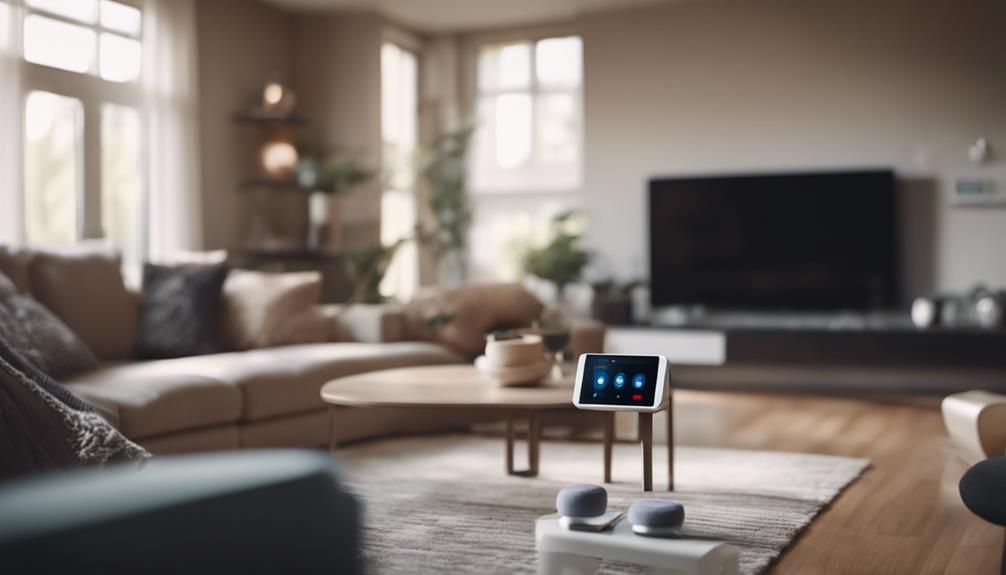In the early 2000s, Microsoft introduced a feature in Windows known as Desktop Gadgets, which allowed users to add small applications directly to their desktops for quick access to useful information and tools. Although Microsoft eventually discontinued support for these gadgets, their legacy lives on in the hearts of many tech enthusiasts. This article will explore the history, functionality, advantages, and the eventual demise of Microsoft Desktop Gadgets, along with a look at modern alternatives.
The Rise of Desktop Gadgets
Microsoft first launched Desktop Gadgets with Windows Vista in 2006. These small applications were designed to provide users with at-a-glance information, such as weather updates, news headlines, and system performance metrics. The introduction of these gadgets was part of a broader trend in the tech world, where user customization and personalization became increasingly important.New Golf Gadgets
Features and Functionality
Desktop Gadgets were designed to be both functional and aesthetically pleasing. Here are some notable features:
- Customizability: Users could choose from a variety of gadgets, including clocks, calendars, and media players, tailoring their desktop experience to their preferences.
- Real-time Information: Many gadgets pulled data from the internet, providing users with live updates on stock prices, weather, and news.
- Minimalist Design: Gadgets were often designed with a sleek, modern look that complemented the Windows Vista interface.
Popular Gadgets and Their Impact
Several gadgets gained immense popularity during their heyday, and they serve as prime examples of how desktop applications can enhance user experience:
- Weather Gadget: This gadget provided real-time weather updates and forecasts, allowing users to stay informed about changing conditions in their area.
- Clock and Calendar: These gadgets offered users the ability to track time and manage their schedules without cluttering their desktops with additional applications.
- RSS Feed Reader: Users could stay updated with their favorite websites and blogs, pulling in headlines and snippets directly to their desktop.
The popularity of these gadgets illustrated a growing trend towards desktop personalization, paving the way for similar applications in later operating systems and platforms.
The Decline of Desktop Gadgets
Despite their initial success, Desktop Gadgets faced several challenges that contributed to their decline:
- Security Vulnerabilities: As third-party developers created more gadgets, many of them contained security flaws that could be exploited by malware, leading Microsoft to reevaluate their safety.
- Resource Consumption: Some gadgets consumed significant system resources, causing performance issues on older machines.
- Shift in User Preferences: As mobile devices and applications gained popularity, users began to prefer more mobile-friendly solutions over desktop gadgets.
In 2012, Microsoft officially discontinued support for Desktop Gadgets with the release of Windows 8, marking the end of an era.
Case Study: The Security Risks of Desktop Gadgets
One of the most notable security incidents related to Desktop Gadgets occurred in 2009 when a vulnerability allowed hackers to distribute malware disguised as legitimate gadgets. This incident caused significant concern among users and led to Microsoft’s decision to remove the gadget platform entirely. In their place, Microsoft encouraged the use of Windows Store apps, which provided a more secure and streamlined experience.
Modern Alternatives to Desktop Gadgets
While Desktop Gadgets may be a thing of the past, several modern alternatives have emerged to fill the void:
- Windows Widgets: Microsoft introduced Widgets in Windows 10 and 11, allowing users to access personalized news, weather, and other information in a more secure environment.
- Third-Party Applications: Applications like Rainmeter and Samurize allow users to create customizable desktop widgets, giving them the flexibility to design their own interface.
- Desktop Apps: Many modern applications now offer desktop notifications and widgets that provide similar functionality to the old gadgets but with improved security and performance.
Conclusion: A Fond Farewell to Microsoft Desktop Gadgets
Microsoft Desktop Gadgets were a pioneering feature that allowed users to personalize their computing experience. While they offered significant advantages, such as real-time information and customization, they ultimately succumbed to security vulnerabilities and changing user preferences. Despite their discontinuation, the spirit of Desktop Gadgets lives on in modern applications and widgets that continue to enhance user experiences today.
As we reflect on the impact of Desktop Gadgets, it becomes clear that they played a crucial role in shaping the landscape of desktop personalization. The lessons learned from their rise and fall can inform the development of future applications, ensuring that user needs for functionality and security remain at the forefront of technological innovation.
